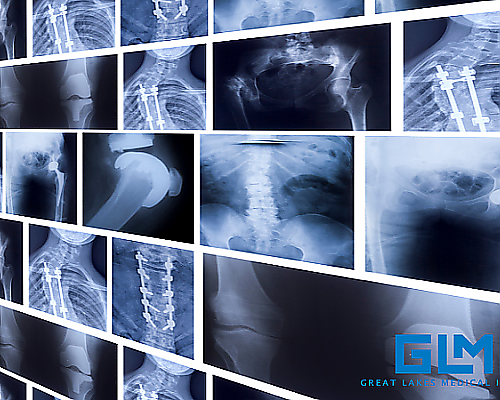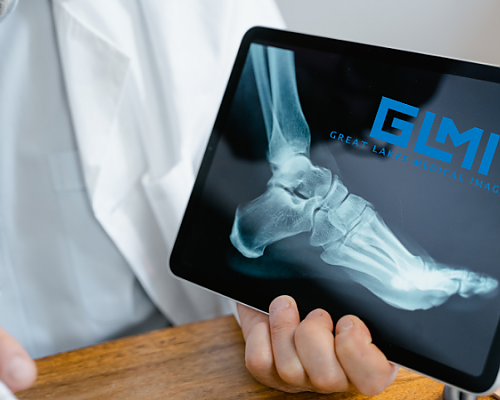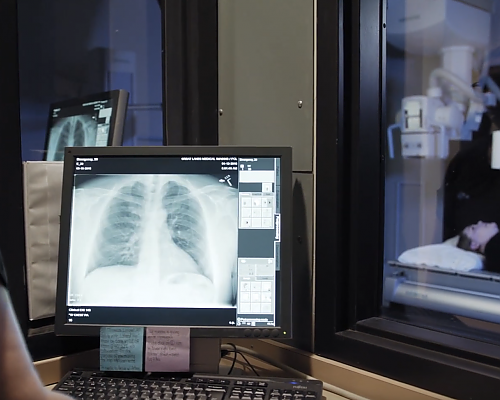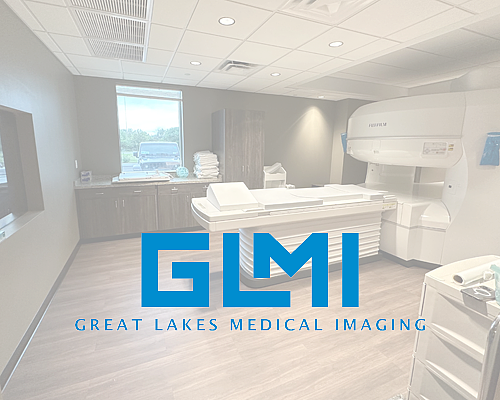Our Blog
Is It Time for Lung Screening? Getting Proactive About Lung Cancer
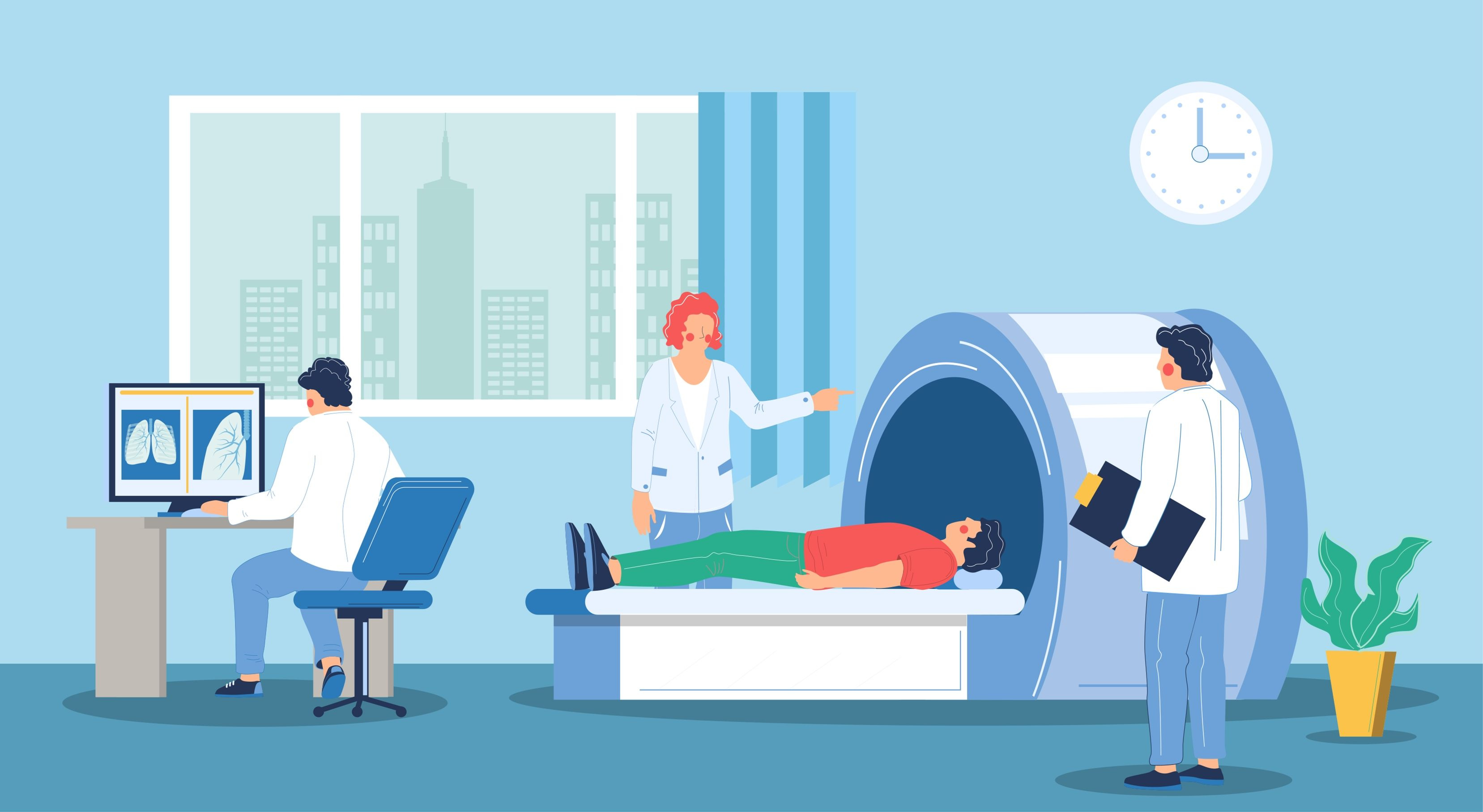
The American Cancer Society reports that lung cancer is the second most common cancer in the U.S. It sits just behind prostate cancer for men and breast cancer for women.
One of the significant concerns about this form of cancer is detection. It is so deadly because it is often detected after it spreads or metastasizes. In other words, the doctor may find signs of cancer in another part of the body and trace it back to existing lung cancer.
In 2011, the National Cancer Institute conducted a study to see if computed tomography (CT) screenings for lung cancer could be a way to detect lung cancer before it spread. That led to recommendations that some people undergo regular screening using low-dose CT scans to look for lung cancer.
More About Lung Cancer
Each year, around 127,000 people die from lung cancer. It generally occurs in people over 65 but can be seen in younger individuals. The average age for lung cancer is 70.
Lung cancer accounts for 1 in five cancer deaths in the United States. Even though lung cancer is the second most diagnosed cancer, it is the leading cause of death. More people die of lung cancer than colon, breast, and prostate combined.
Types of Lung Cancer
There are three types of lung cancer:
- Small cell
- Non-small cell
- Carcinoid
There are different subtypes within each type, as well. For example, small cell carcinoma, mixed small cell/large cell cancer, and combined small cell lung cancer.
Of the three categories, non-small cell lung cancer is the most common. It accounts for around 80 percent of all cases. The subtypes of non-small cell lung cancer include:
- Adenocarcinoma – Typically found in the outer area of the lung
- Squamous cell carcinoma – Found in the center of the lung near the bronchus
- Large cell carcinoma – Can grow in any part of the lung
The goal of lung cancer screening is to find any of these forms of lung cancer in their early stages of development when treatment is most likely to be effective.
What Is Lung Cancer Screening?
Lung cancer screening uses low-dose CT scans to see inside the lungs. CT scans are like x-rays but at different angles. Computer processing creates cross-section images that give doctors a better understanding of the structures inside organs, bones, and blood vessels.
The goal of lung cancer screening is to detect cancer when it is still treatable. Not everyone needs to go through this screening process, though.
Who Is a Candidate for Lung Cancer Screening?
Lung cancer screening is primarily for smokers who are most likely to develop the disease. According to the Centers for Disease Control and Prevention (CDC), 80 to 90 percent of all lung cancers are linked to smoking. That includes cigarettes, pipes, and cigars.
For this reason, smokers are singled out for lung cancer screening. The criteria for lung cancer screening include the following:
- Older adults who smoke or who did smoke at one time
- People who smoke heavily for years, regardless of their age. The measurement for this is pack years, or the number of years smoked multiplied by the number of cigarettes smoked each day. So someone who smoked 20 cigarettes or one pack a day for ten years has 20 pack years of smoking. The recommendation is anyone with 20 or more pack years should undergo screening.
- People who smoked heavily then quit – If you quit smoking within the last 15 years, you still qualify for lung cancer screening.
Screening is also available to those with another risk factor, such as a lung disease like COPD, symptoms of lung problems like poor lung function, or a history of lung cancer.
What About Secondhand Smoke?
People exposed to secondhand smoke have an increased risk of lung cancer, but it is lower than smokers. If you live with a heavy smoker, you should discuss your lung health with your care provider. They can check your lungs and refer you for screening if necessary.
How Often is Lung Cancer Screening Done?
The recommendation is for yearly lung screening tests if you qualify. The screenings can stop if you have not smoked for 15 or more years or if you turn 81.
What Are the Risks of Lung Cancer Screening?
Some risks are associated with the screening process, which exposes you to a small amount of radiation. However, the exposure is low when you consider the likelihood of dying from lung cancer. The test gives you about half of what you usually get from the environment in a year.
What to Expect During Lung Cancer Screening?
The test takes just a few minutes and is painless. You go to an imaging center and lie down fully clothed on a table. The staff will try to make you as comfortable as possible. You need to lie very still on the table when the test starts.
During the test, the table will slide back and forth through the center of a large circle. This is the CT scanner. The first time, it will determine the place to start the scan. Then, you will be asked to hold your breath as the table continues to move through the circle. You may hear some knocking noises. This is just the scan working.
After the test, a radiologist will read the scan and send the results to the referring doctor. The process takes just a few minutes, and you can go about your day normally.
If the test shows normal lungs, you are done until your next screening in a year. If there are nodules in your image, the doctor will discuss the next step with you.
Not all nodules are cancer. Anything in the lungs will show up this way, so it might be scar tissue or another type of noncancerous growth. The doctor may decide to repeat the test in a few months to see if there are changes.
Lung cancer screening takes the fight to one of the most deadly forms of cancer and saves lives.
Sources:
https://www.cancer.org/cancer/lung-cancer/about/key-statistics.html
https://www.cdc.gov/cancer/lung/basic_info/screening.htm#:~:text=may%20work%20better.-,The%20only%20recommended%20screening%20test%20for%20lung%20cancer%20is%20low,minutes%20and%20is%20not%20painful.
https://www.mayoclinic.org/tests-procedures/lung-cancer-screening/about/pac-20385024
‹ Back



